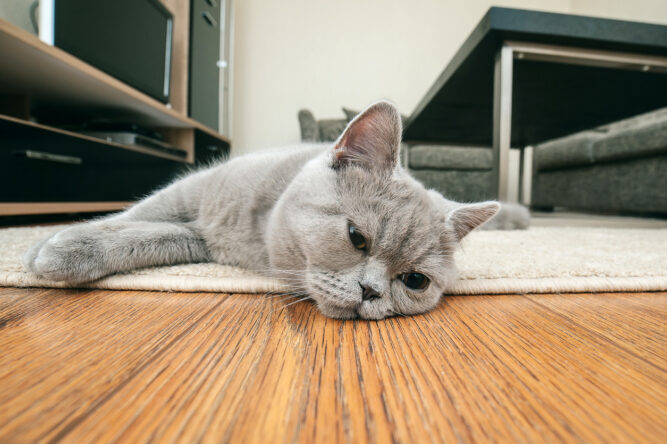Growing up in the ’70s, ’80s, or ’90s meant seeing a whole different world inside the classroom—one that would probably cause a full-blown scandal today.
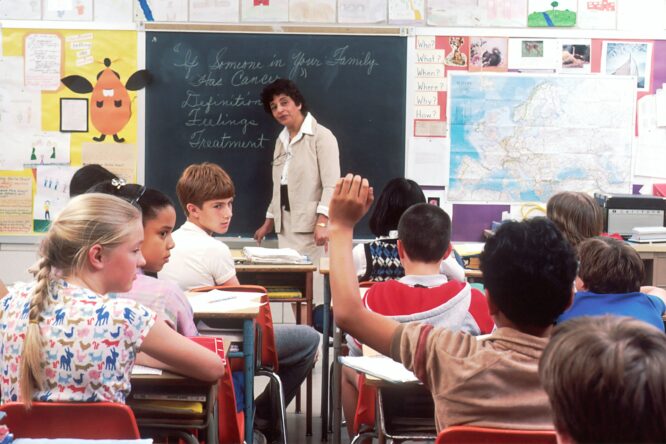
Teachers got away with a lot back then that would never fly now. (That’s a good thing, by the way.) While schools are dealing with a whole different set of problems these days, largely down to student behaviour, here are some of the problematic things teachers used to do back in the day that would absolutely be banned today.
1. Publicly humiliating students for wrong answers
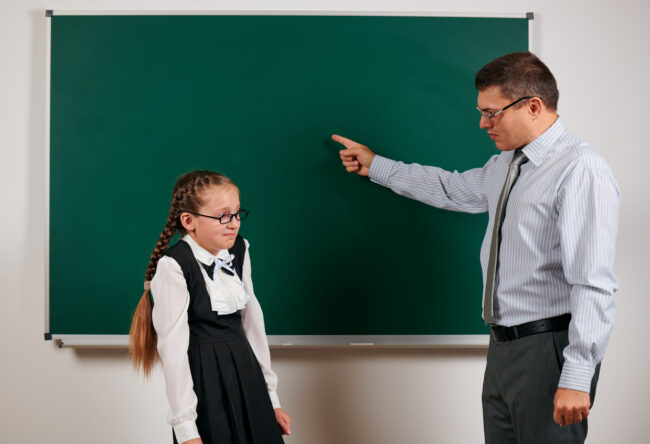
Back in the day, getting a question wrong could earn you a full-on roast session from your teacher, usually in front of the whole class. Sarcastic comments, exaggerated sighs, even mimicking wrong answers was weirdly normal. Today, that kind of public humiliation would spark a dozen parent meetings, a suspension, and probably a viral TikTok takedown. Teachers now focus way more on encouraging mistakes as part of learning, not using them for cheap laughs.
2. Throwing chalk, rubbers, or whatever else was handy

If you dozed off, passed notes, or spaced out during class, there was a good chance something would come flying your way. Teachers used to chuck chalk or rubbers across the room like it was part of their job description. These days, anything resembling a projectile would land a teacher in a serious HR meeting, if not an immediate firing. Physical discipline, even something small, is a hard no in modern classrooms.
3. Smoking on school property (sometimes even indoors)

Believe it or not, a lot of teachers used to light up right on school grounds, sometimes even in the teacher’s lounge, puffing away during lunch breaks like it was totally normal. Now, smoking near schools is banned pretty much everywhere, and lighting up inside a school building would be headline news. Times have definitely changed — and probably for the better, lung-wise.
4. Playing favourites without even pretending to hide it

It wasn’t particularly subtle—some teachers had clear “favourites” they doted on, praised constantly, and gave endless second chances to, while the rest of the class got barely a second glance. Today’s teachers are trained to spot and avoid bias, and parents are way quicker to call it out if they sense their kid is being overlooked or unfairly treated. Playing favourites is seen as a serious professionalism issue now, not just “how it is.”
5. Assigning embarrassing “punishments” in front of everyone
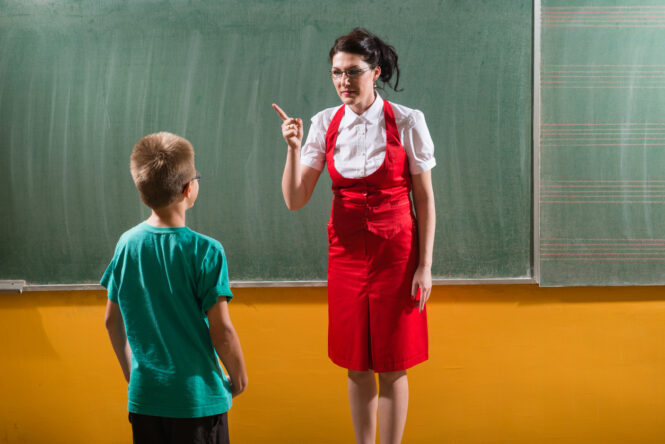
Writing lines on the board. Wearing silly signs. Sitting in the “dunce” seat. Public punishments used to be part of classroom life, almost like entertainment for the rest of the students. Modern education focuses way more on dignity and privacy when handling behaviour problems. Shaming a kid publicly would be seen as emotional abuse today, not just “tough love.”
6. Showing completely inappropriate films because they didn’t want to teach

Every student remembers those days when a teacher rolled in the big TV cart and threw on a movie. Sometimes it was educational… and sometimes it was wildly inappropriate because they just didn’t feel like teaching that day. Nowadays, even a mildly questionable movie scene could cause major problems. Most schools now have strict screening policies, and teachers have to vet every film they show—no more playing random VHS tapes to kill an afternoon.
7. Ignoring bullying unless it was physically violent
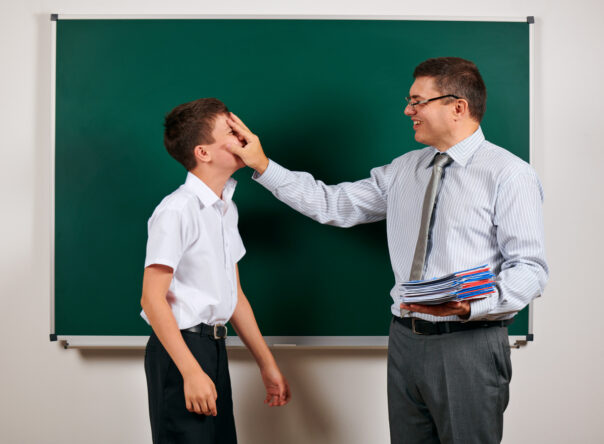
Verbal bullying, exclusion, and emotional nastiness often got shrugged off in the past unless fists started flying. The old “kids will be kids” attitude meant a lot of serious bullying went unchecked for way too long. Now, schools take bullying way more seriously—emotional, verbal, cyber, all of it. Ignoring reports would get a teacher in huge trouble today, and schools are expected to have systems in place to deal with it quickly and seriously.
8. Handing out physical punishments like detention slips

Paddling, smacking hands with rulers, grabbing kids by the arm — these were still happening in some places even into the ’90s. Physical punishment wasn’t just accepted, it was sometimes encouraged by administrators and parents alike. Today, physical punishment is banned in most schools, and any physical contact that isn’t absolutely necessary would lead to serious legal consequences. It’s a completely different world now when it comes to protecting students’ safety and rights.
9. Making kids sit through endless lectures without any breaks

Back then, a lot of school days were built around sitting silently for hours while the teacher talked at you. No movement breaks, no brain breaks, barely even a bathroom break unless you begged. Modern teaching is way more focused on engagement—group work, interactive lessons, even structured movement breaks to keep kids’ brains and bodies working together. Expecting kids to sit still and listen nonstop would be considered bad teaching now, not the gold standard.
10. Grading with pure personal bias instead of clear standards

Sometimes it felt like your grade depended more on whether the teacher liked you than whether you actually understood the material. Rubrics? Transparent feedback? Not really a thing yet. Now, there are way more checks and balances around grading. Teachers have to back up grades with clear standards, documented feedback, and consistency—and students (and parents) have a lot more power to challenge unfair assessments.

